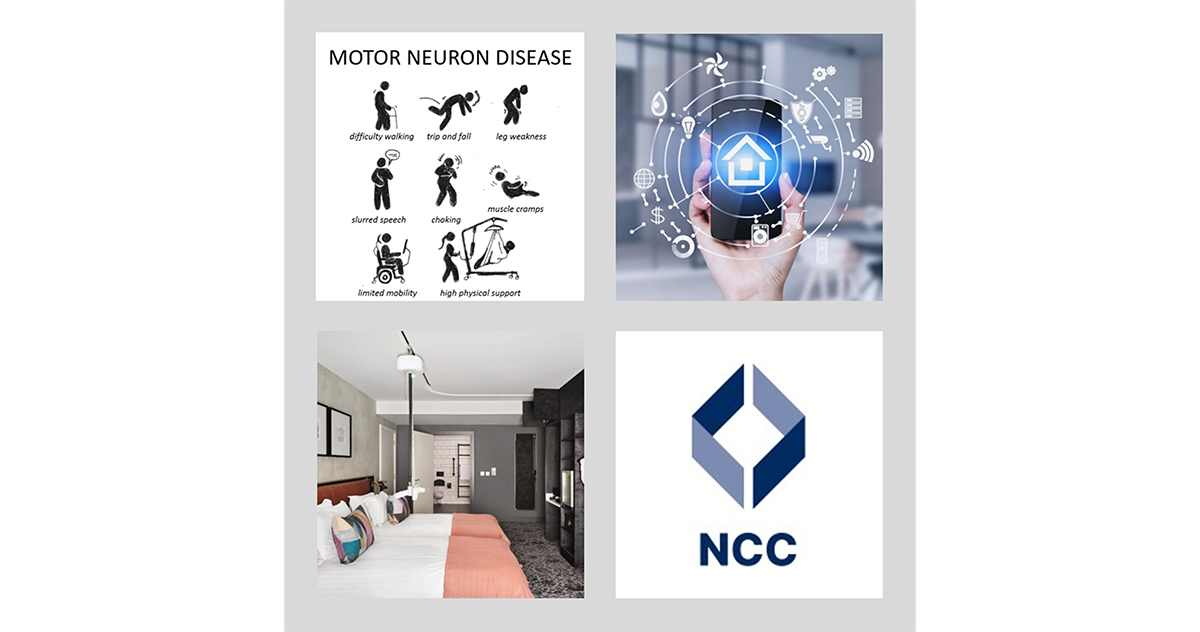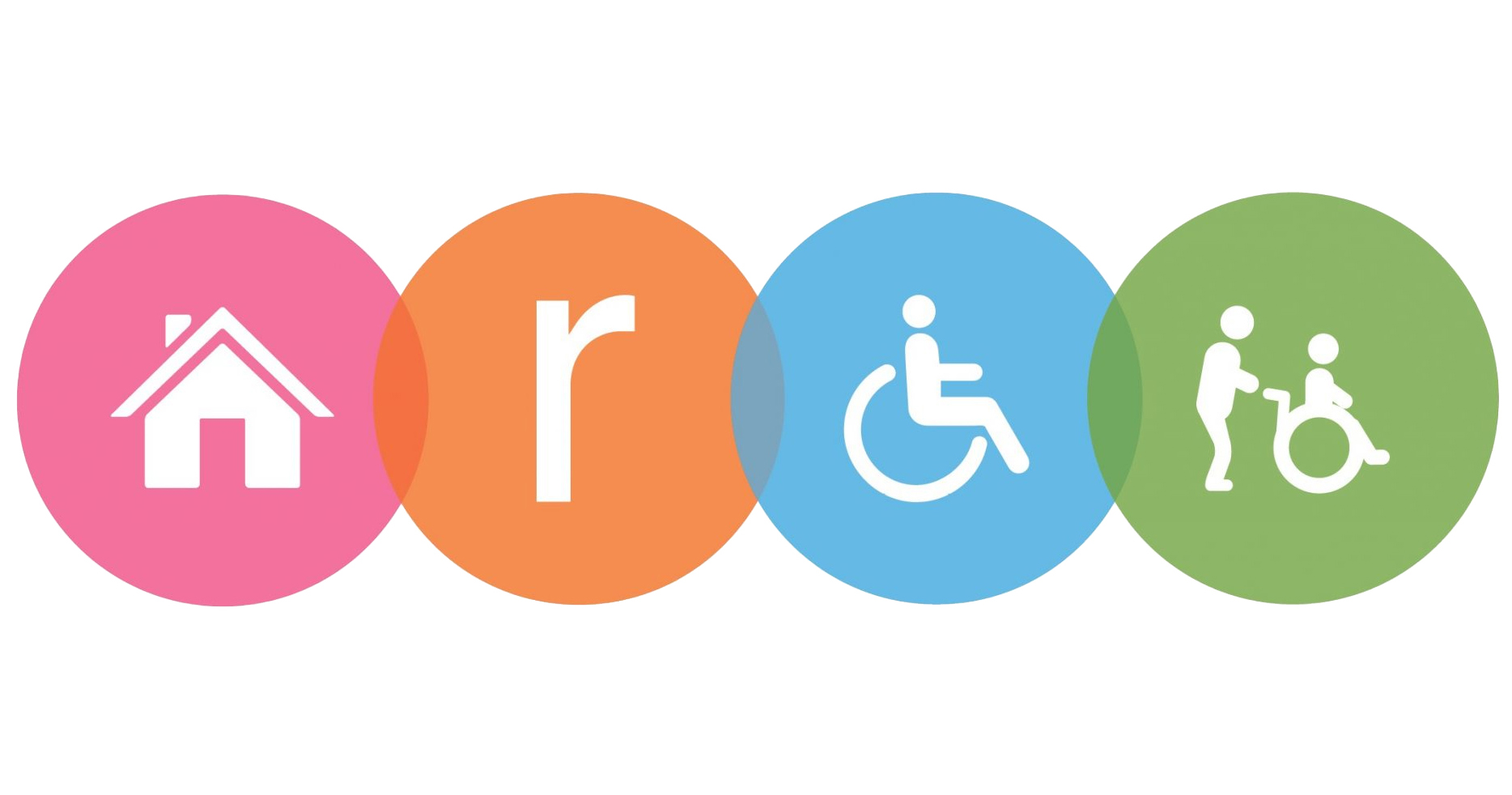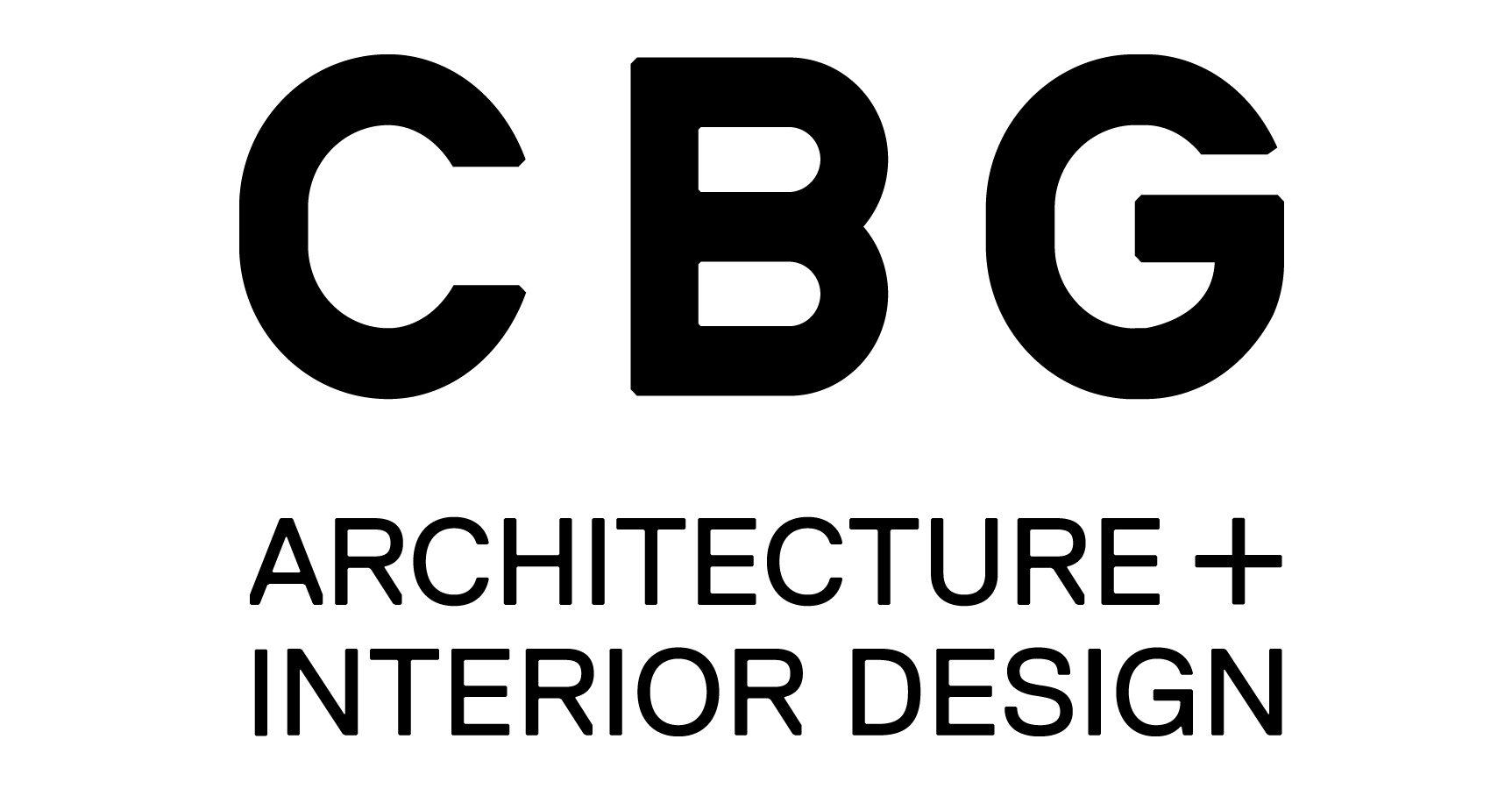


SDA RESIDENCES
PART 2 OF 3 - COMPLIANCE VERSUS BEST PRACTICE (FUTURE PROOF YOUR DESIGN)
When asked to design an SDA dwelling, one of the first questions we are asked is, “which categories should the design target?” Our view is that it is best practice to provide flexibility in the design to appeal to as many participant categories as possible, and to allow for ‘age-in-place’.
Noting that Robust dwellings have very specific design parameters, there are significant design differences between Improved Liveability and the two higher levels, including lift requirements, larger bedrooms and bathrooms, wider corridors and doorways, minimum kitchen sizes, and greater circulation requirements.
The difference between Fully Accessible and High Physical Support (HPS) is however much less, and limited largely to slightly larger doorways, fixtures, automation, and emergency power supply. If designed for High Physical Support, the same unit can be utilised for an Improved Liveability or Fully Accessible participant with minimal modification. The same cannot be said going the other way. Therefore, whilst it is unlikely that you will exclusively have High Physical Support participants in a particular development, it is considered best practice to design for spatial allowances that can accommodate individual modifications. At CBG we will generally look to design to High Physical standards to offer this flexibility.
FUTURE PROOF YOUR DESIGN -
SDA residences are a long-term investment stream for the building owners and often a similar long-term housing solution for the participants. A close bond and relationship are often built between the two. It is therefore strongly recommended to future proof your designs to make sure that the participant is comfortable and content in their home.
When future proofing your design, consideration should be given to the following:
Final article in the 3-part series will look at Best Practice Recommendations, and how to achieve them through design.
Contact CBG for further details or come along to one of the SDA Conferences and say hi to Bill in person.
Details about future SDA conferences can be found here.
Noting that Robust dwellings have very specific design parameters, there are significant design differences between Improved Liveability and the two higher levels, including lift requirements, larger bedrooms and bathrooms, wider corridors and doorways, minimum kitchen sizes, and greater circulation requirements.
The difference between Fully Accessible and High Physical Support (HPS) is however much less, and limited largely to slightly larger doorways, fixtures, automation, and emergency power supply. If designed for High Physical Support, the same unit can be utilised for an Improved Liveability or Fully Accessible participant with minimal modification. The same cannot be said going the other way. Therefore, whilst it is unlikely that you will exclusively have High Physical Support participants in a particular development, it is considered best practice to design for spatial allowances that can accommodate individual modifications. At CBG we will generally look to design to High Physical standards to offer this flexibility.
FUTURE PROOF YOUR DESIGN -
SDA residences are a long-term investment stream for the building owners and often a similar long-term housing solution for the participants. A close bond and relationship are often built between the two. It is therefore strongly recommended to future proof your designs to make sure that the participant is comfortable and content in their home.
When future proofing your design, consideration should be given to the following:
-
ALLOW FOR AGE-IN-PLACE – This will allow a participant to feel comfortable in the knowledge that they can stay in their home, even if their category of disability deteriorates. The main item to consider is the designing of spaces and bedrooms to meet the HPS level.
Take the example of a person with motor-neuron disease. They can start in a residence as an Improved Liveability participant before transitioning to a Fully Accessible and High Physical participant. If the dwelling is designed and constructed appropriately, then with minor modifications this person can remain in what is their home. - AUTOMATION AND MODIFICATIONS – A level of investment in the initial build should be considered. Whilst the Design Standards call for items such as hoist provisions in HPS to be included, they may not be necessary for the participant that is being targeted. Adding these provisions should be considered when construction is in progress. The easiest items to include are provisions for hoists and automation. Not-withstanding that these items can be retro-fitted, the cost to include later would be greater than allowing for the modifications during construction, especially when any downtime in vacancy is also considered.
-
DESIGN FOR FUTURE REGULATION CHANGES – There is no certainty with SDA direction and standards, but as professionals we can see what looms in the horizon. Until now, SDA residences have been assessed under existing classifications of the National Building Codes. It is expected that in future, SDA may form its own category or at least a sub-category similar to the existing Class 3 that includes disability accommodation.
Class 3 carries with it a number of accessibility requirements which an SDA development will have, but it also requires additional fire and safety features. Currently SDA residences are not required to include features such as sprinklers and warning systems, however, it makes safety sense and is likely to be mandated. Given we are referring to the safety of those with limited mobility needing to escape fires, best practice is that these items are included in current designs.
Final article in the 3-part series will look at Best Practice Recommendations, and how to achieve them through design.
Contact CBG for further details or come along to one of the SDA Conferences and say hi to Bill in person.
Details about future SDA conferences can be found here.